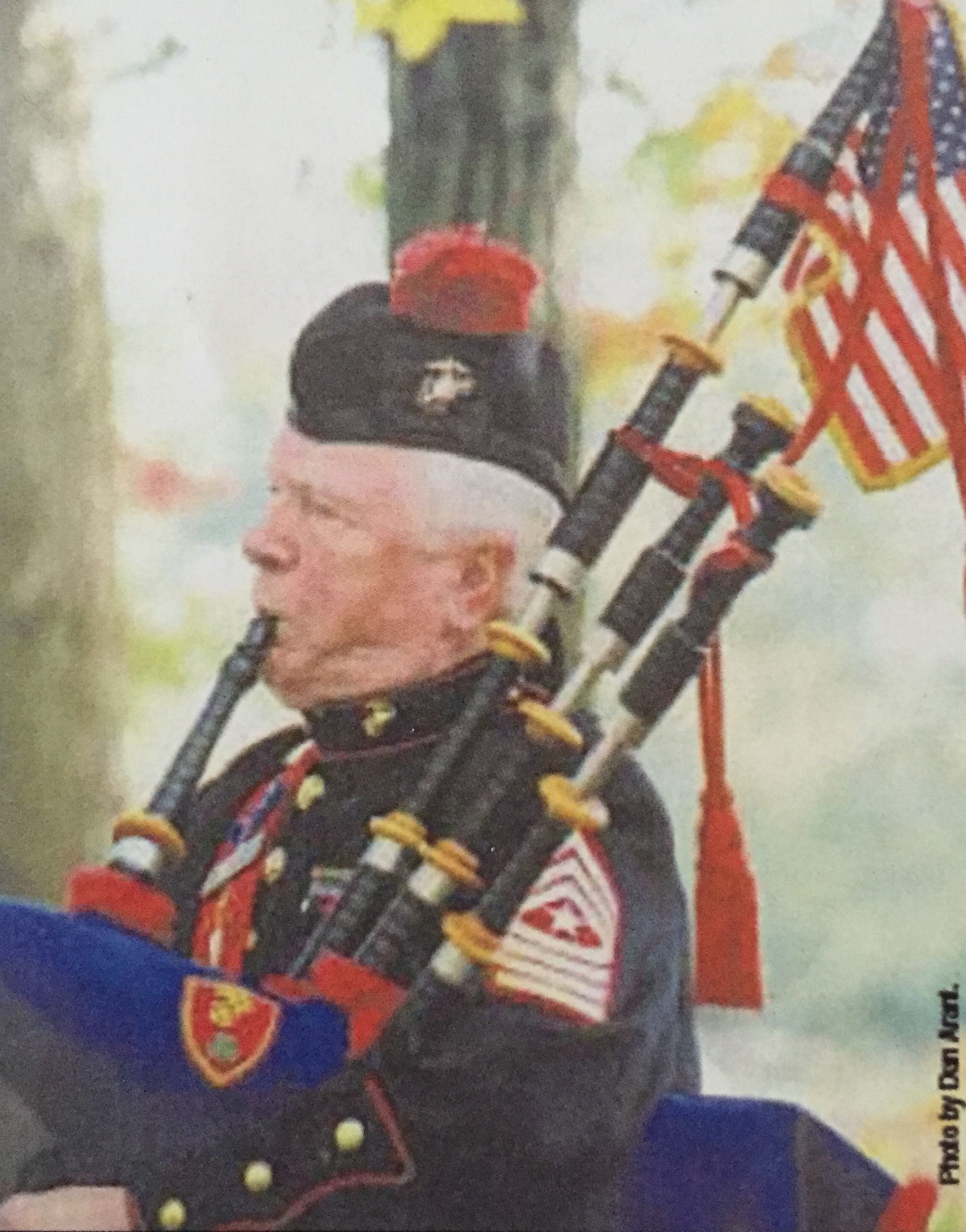A Visit to Peace Memorial Park, Okinawa
It has been a long and often hot day by the time participants on a tour of the Battle of Okinawa reach Mabuni Ridge. They have encountered the horrors of war in many stories, sites and visual displays. However, nothing conveys the tragedy of war more than the second most visited spot and the largest war memorial on Okinawa -- the Peace Memorial Park.
As the battle came to an end in June 1945, a mass of humanity -- Japanese, Koreans, Okinawans, Brits and Americans -- became compressed on the southern tip of Okinawa. On that southern end, the senior leaders from both sides died, along with countless other combatants and civilians. The battle will come to an end around an area known as Mabuni Ridge.
Visitors walk up Mabuni Ridge and pass over fifty memorials from different groups and organizations in honor of those who died in the "typhoon of steel." A monument that hundreds come to pay reverence to is "a tomb of the unknown" for Japanese and Okinawans. At the peak of Mabuni Ridge General Ushijima committed seppuku (ritualized suicide), and a memorial marks the spot. One can also see the entrance to the Thirty-second Army's last headquarters. The area has become known as "Suicide Cliffs;" not necessarily because of the general's suicide, but for the civilians who threw themselves to their deaths off the limestone cliffs in the area.
According to an Okinawan friend, for some while after the war this spot was avoided, but eventually people began making trips to worship lost loved ones and to pay their respect to those who had made the ultimate sacrifice. In May 1972, the area was designated as the Peace Memorial Park. At that time there was the walkway up the ridge with a growing number of monuments, a Memorial Hall and eventually a museum. The museum is divided into five areas and is thought-provoking.
In 1995, in time for the fiftieth anniversary of the Battle of Okinawa, the Cornerstones of Peace were opened to the public. The cornerstones are black stone plates etched with the names of everyone who died on Okinawa. As of June 2008 there were 240,734 names. It is incredibly sobering to see so many lives memorialized in such a way; people often stop to touch a name or to make a pencil etching to take away. A final impressive memory is to walk up to the eternal flame. It allows visitors the chance to look back at the thousands of names on the rows of walls, then out across the jagged and majestic cliffs, and then finally out to sea. It is a time to solemnly remember an eighty-two day battle when so many lives were lost and to pray for peace.
~Laura Lacey
Sixth Division Historian
2009
Piper on a Hill

Joe McConville
When I was there (Mabuni) with our guys, we all spent time looking for the names of those we knew. It was sad when we found them. We did return again for the Jim Day Ceremony in 2000. There were about ten of us. We went to Mabuni, and Joe McConville went out to one of the hills and played the Marine Hymn and then Amazing Grace on his bagpipes. The one hundred or so individuals in the park at that time, they all stood still and silent and looking toward the hill where the sounds echoed from. It was very, very moving.
~Bill Pierce (29th Mar-Wpns)
 The Walls of Mabuni - Peace Memorial Mark, Okinawa. The walls carry the names
of those known who died during the battle, including Marines of the Sixth Division.
The Walls of Mabuni - Peace Memorial Mark, Okinawa. The walls carry the names
of those known who died during the battle, including Marines of the Sixth Division.

